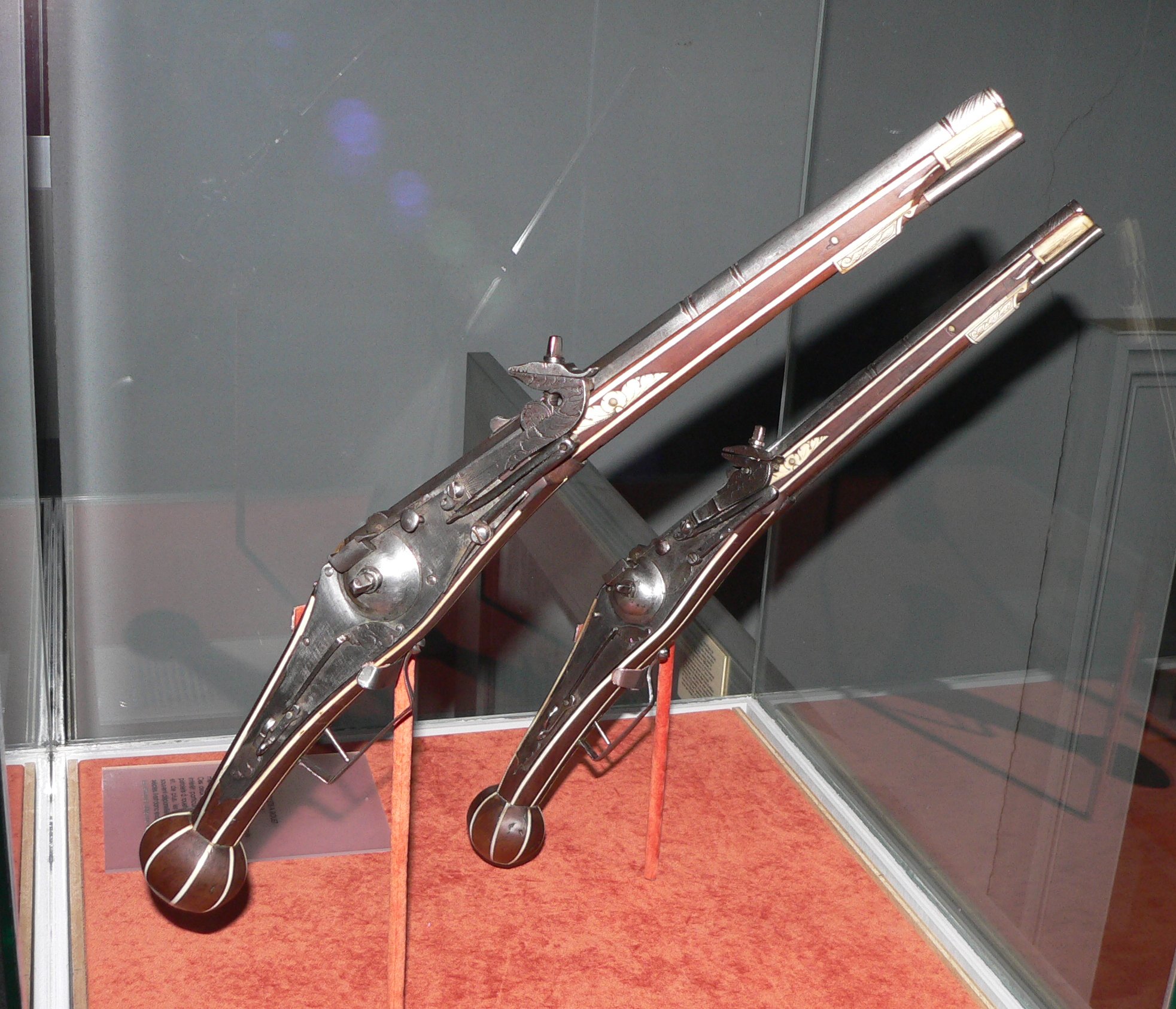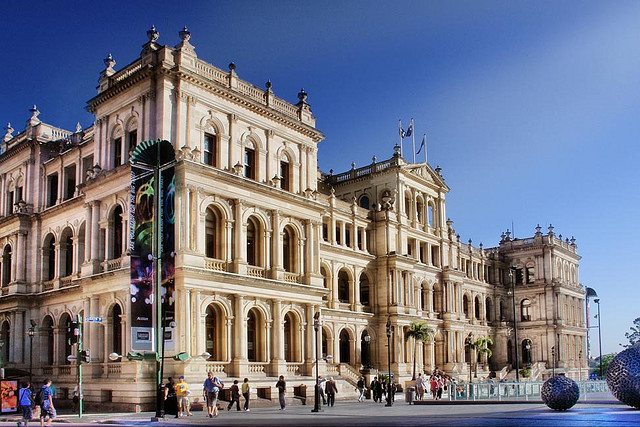|
Ilya Danilovich Miloslavsky
Ilya Danilovich Miloslavsky (; 1594–1668) was a Russian boyar and diplomat. Biography Ilya Miloslavsky was brought forward by the head of the Posolsky Prikaz Ivan Gramotin, who had been his uncle. Miloslavsky was soon sent to Constantinople with a message from Tsar Alexei Mikhailovich, who wanted to establish a cordial relationship with the Turkish Sultan. In 1646, Miloslavsky went to the Netherlands with orders to select gunsmiths for a Russian weapons factory and invite foreign officers and soldiers to serve in Russia. When Alexei Mikhailovich married his daughter Maria, Miloslavsky, as the tsar's father-in-law, began to play a more visible role at the royal court. During the Polish campaigns of 1654–1655, he was appointed court voyevoda. In 1656–1662, Miloslavsky was in charge of the Streltsy Prikaz, Treasury Prikaz, Inozemsky Prikaz, and Reiter Prikaz. His foreign contemporaries considered him a self-interested and dull-witted individual. According to an A ... [...More Info...] [...Related Items...] OR: [Wikipedia] [Google] [Baidu] |
Boyar
A boyar or bolyar was a member of the highest rank of the feudal nobility in many Eastern European states, including Bulgaria, Kievan Rus' (and later Russia), Moldavia and Wallachia (and later Romania), Lithuania and among Baltic Germans. Comparable to Dukes/Grand Dukes, Boyars were second only to the ruling princes, grand princes or tsars from the 10th to the 17th centuries. Etymology Also known as ''bolyar''; variants in other languages include or ; , , ; , ; and . The title Boila is predecessor or old form of the title Bolyar (the Bulgarian word for Boyar). Boila was a title worn by some of the Bulgar aristocrats (mostly of regional governors and noble warriors) in the First Bulgarian Empire (681–1018). The plural form of boila ("noble"), ''bolyare'' is attested in Bulgar inscriptions and rendered as ''boilades'' or ''boliades'' in the Greek of Byzantine documents. Multiple different derivation theories of the word have been suggested by scholars and linguists ... [...More Info...] [...Related Items...] OR: [Wikipedia] [Google] [Baidu] |
1594 Births
Events January–March * January 3 – Longvek, the capital of the Kingdom of Cambodia, is conquered by the army of the Ayutthaya Kingdom (now Thailand), commanded by King Naresuan, after more than two years of war. King Chey Chettha I of Cambodia is able to flee to Laos, along with the former King Satha I, but the rest of the royal family is taken hostage, along with Prince Srei Soriyopear. * January 17 – Construction of the Junagarh Fort in the Mughal Empire's principality of Bikaner (now in India's Rajasthan state) is completed after almost five years. * January 24 – William Shakespeare's play ''Titus Andronicus'', is given its first performance, presented by the Admiral's Men company of players at '' The Rose'' in London. * January 25 – The siege of Enniskillen Castle in Ireland (at County Fermanagh) is started by English commander John Dowdall, but is abandoned after one month. * February 2 – England's Admiral Richard Hawkins ... [...More Info...] [...Related Items...] OR: [Wikipedia] [Google] [Baidu] |
17th-century Russian Nobility
The 17th century lasted from January 1, 1601 (represented by the Roman numerals MDCI), to December 31, 1700 (MDCC). It falls into the early modern period of Europe and in that continent (whose impact on the world was increasing) was characterized by the Baroque cultural movement, the latter part of the Spanish Golden Age, the Dutch Golden Age, the French ''Grand Siècle'' dominated by Louis XIV, the Scientific Revolution, the world's first public company and megacorporation known as the Dutch East India Company, and according to some historians, the General Crisis. From the mid-17th century, European politics were increasingly dominated by the Kingdom of France of Louis XIV, where royal power was solidified domestically in the civil war of the Fronde. The semi-feudal territorial French nobility was weakened and subjugated to the power of an absolute monarchy through the reinvention of the Palace of Versailles from a hunting lodge to a gilded prison, in which a greatly expanded ro ... [...More Info...] [...Related Items...] OR: [Wikipedia] [Google] [Baidu] |
Moscow Kremlin
The Moscow Kremlin (also the Kremlin) is a fortified complex in Moscow, Russia. Located in the centre of the country's capital city, the Moscow Kremlin comprises five palaces, four cathedrals, and the enclosing Kremlin Wall along with the Kremlin towers. In the complex is the Grand Kremlin Palace, which was one of the royal residences of the Tsar of Russia, and now is the residence of the president of the Russian Federation. The Moscow Kremlin overlooks the Moskva River to the south, Saint Basil's Cathedral and Red Square to the east, and Alexander Garden to the west. In the Russian language, ''kremlin'' denotes a 'fortress within a city', and there are many historical cities with Kremlin of their own. However, the Moscow Kremlin, the best known, also serves an international-politics metonym that identifies the Government of Russia. During the Cold War (1947–1991), the term ''The Kremlin'' meant the Government of the Soviet Union and the term '' Kremlinology'' meant t ... [...More Info...] [...Related Items...] OR: [Wikipedia] [Google] [Baidu] |
Amusement Palace
The Amusement Palace () is located at the Kremlin’s western wall. It is situated between the Commandant and Trinity Towers. It was built in 1652 for Ilya Miloslavsky, who was the father-in-law of Tsar Alexei Mikhailovich. After the death of Miloslavsky, the palace went to the state. It was then used as a theatre. In the theatre, performances were staged to amuse the family of the tsar and his court. Hence, it got the name the Amusement Palace. During the administration of Tsar Peter the Great, the Police Department was placed in the palace. In the 19th century the Commandant of Moscow took up his residence there. It was later the home of Joseph Stalin, where his second wife Nadezhda Alliluyeva Nadezhda Sergeyevna Alliluyeva (; – 9 November 1932) was the second wife of Joseph Stalin. She was born in Baku to a friend of Stalin, a fellow revolutionary, and was raised in Saint Petersburg. Having known Stalin from a young age, they m ... committed suicide. The palace was res ... [...More Info...] [...Related Items...] OR: [Wikipedia] [Google] [Baidu] |
Augustin Meyerberg
Augustin may refer to: * Augustin (name), male name, variant of Augustine * Augustin (typography), English or 14-point type * Augustin, Brașov, a commune in Brașov County, Romania * Dacian fortress of Augustin, ruined Dacian fortified town in modern Romania * Palace of Augustin, a palace in Vitoria, Spain Film * ''Augustin'' (film), a 1995 French film * ''Augustin, King of Kung-Fu'', 1999 French movie Music * O du lieber Augustin ("Oh, you dear Augustin"), a popular Viennese song * "Augustin" (song), Sweden's 1959 Eurovision Song Contest entry See also * Augustine (other) Saint Augustine of Hippo (354–430), was a Church Father. Augustine may also refer to: People * Augustine (actor) (1955–2013), Malayalam film actor * Augustine of Canterbury (died 604), the first Archbishop of Canterbury * Saint Augustine ... * Agustin {{Disambiguation, geo, hn ... [...More Info...] [...Related Items...] OR: [Wikipedia] [Google] [Baidu] |
Habsburg Monarchy
The Habsburg monarchy, also known as Habsburg Empire, or Habsburg Realm (), was the collection of empires, kingdoms, duchies, counties and other polities (composite monarchy) that were ruled by the House of Habsburg. From the 18th century it is also referred to as the Austrian monarchy, the Austrian Empire () or the Danubian monarchy. The history of the Habsburg monarchy can be traced back to the election of Rudolf I of Germany, Rudolf I as King of the Romans, King of Germany in 1273 and his acquisition of the Duchy of Austria for the Habsburgs in 1282. In 1482, Maximilian I, Holy Roman Emperor, Maximilian I acquired the Habsburg Netherlands, Netherlands through marriage. Both realms passed to his grandson and successor, Charles V, Holy Roman Emperor, Charles V, who also inherited the Monarchy of Spain, Spanish throne and Spanish Empire, its colonial possessions, and thus came to rule the Habsburg empire at its greatest territorial extent. The abdication of Charles V in 1556 led ... [...More Info...] [...Related Items...] OR: [Wikipedia] [Google] [Baidu] |
Reiter Prikaz
''Reiter'' or ''Schwarze Reiter'' ("black riders", anglicized ''swart reiters'') were a type of cavalry in 16th to 17th century Central Europe including Holy Roman Empire, Polish–Lithuanian Commonwealth, Tsardom of Russia, and others. Contemporary to the cuirassier and lancer cavalry, they used smaller horses, for which reason they were also known as ''Ringerpferde'' (corresponding to the French '' Argoulets''). They were originally recruited in the North German Plain, west of the Oder river at the time of the Schmalkaldic War (1546–1547). The Reiter raised firearms to the status of primary weapons for cavalry, as opposed to earlier Western European heavy cavalry which primarily relied upon melee weapons. A Reiter's main weapons were two or more pistols and a sword; most Reiters wore helmets and cuirasses and often additional armor for the arms and legs; sometimes they also carried a long cavalry firearm known as an arquebus or a carbine (although this type of horsemen ... [...More Info...] [...Related Items...] OR: [Wikipedia] [Google] [Baidu] |
Treasury Prikaz
A treasury is either *A government department related to finance and taxation, a finance ministry; in a business context, corporate treasury. *A place or location where treasure, such as currency or precious items are kept. These can be state or royal property, church treasure or in private ownership. The head of a treasury is typically known as a treasurer. This position may not necessarily have the final control over the actions of the treasury, particularly if they are not an elected representative. The adjective for a treasury is normally treasurial. The adjective "tresorial" can also be used, but this normally means pertaining to a ''treasurer''. History The earliest found artefacts made of silver and gold are from Lake Varna in Bulgaria dated 4250–4000 BC, the earliest of copper are dated 9000–7000 BC. The Greek term ''thêsauros'' (treasury) was first used in Classical times to describe the votive buildings erected to house gifts to the gods, such as the Si ... [...More Info...] [...Related Items...] OR: [Wikipedia] [Google] [Baidu] |
Streltsy Department
The ''Streletsky prikaz'' (), sometimes translated as the Streltsy Department, was one of the main governmental bodies (a ''prikaz'') in Russia during the 16th and 17th centuries which administered the streltsy. History The first reference to the ''Streletsky prikaz'' appears in 1571, but in the mid-1550s, it already existed under the name of ''Streletskaya izba'' (). The ''Streletsky prikaz'' was in charge of the Moscow and municipal streltsy, their lands and other properties, disbursement of their salary and bread allowances, and their cases in court. In 1672–1683, it also collected the taxes of the streltsy. After the streltsy uprising in 1698, the ''Streletsky prikaz'' was engaged in regular administrative and managerial matters. In 1701, it was transformed into the ''Prikaz zemskikh del'' (), inheriting the functions of the ''zemstvo A zemstvo (, , , ''zemstva'') was an institution of local government set up in consequence of the emancipation reform of 1861 of Imperi ... [...More Info...] [...Related Items...] OR: [Wikipedia] [Google] [Baidu] |





